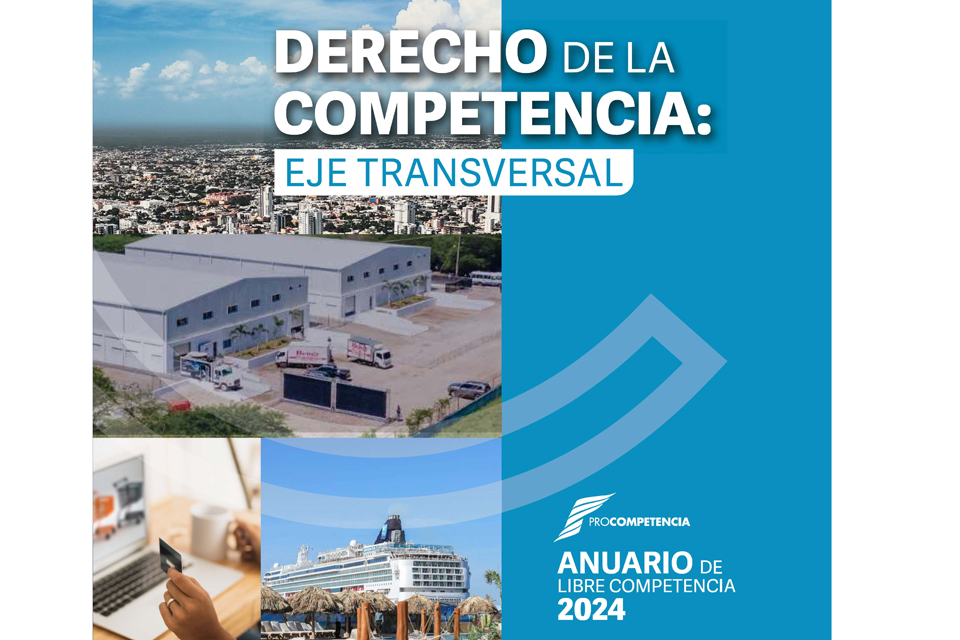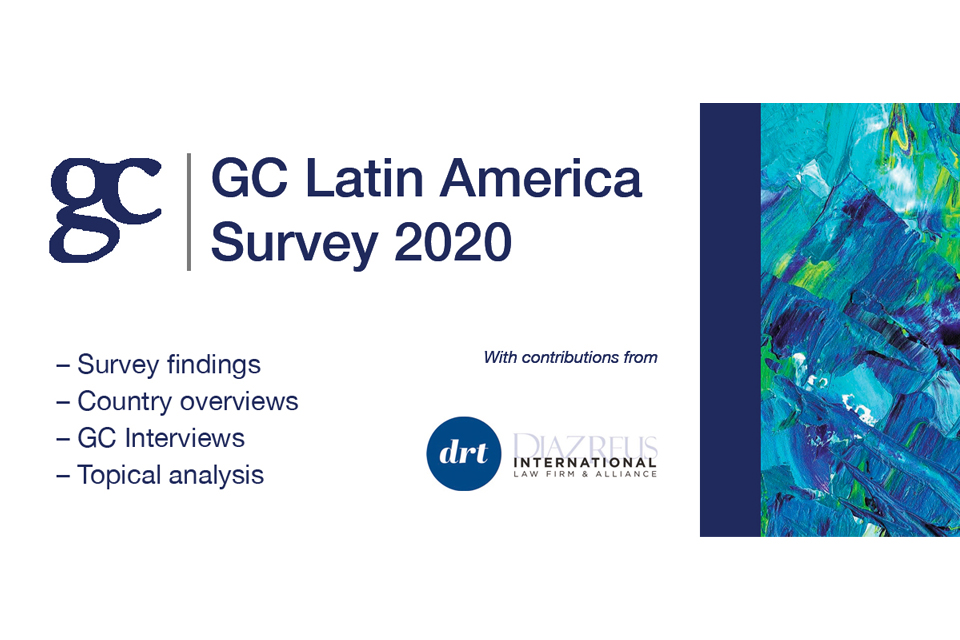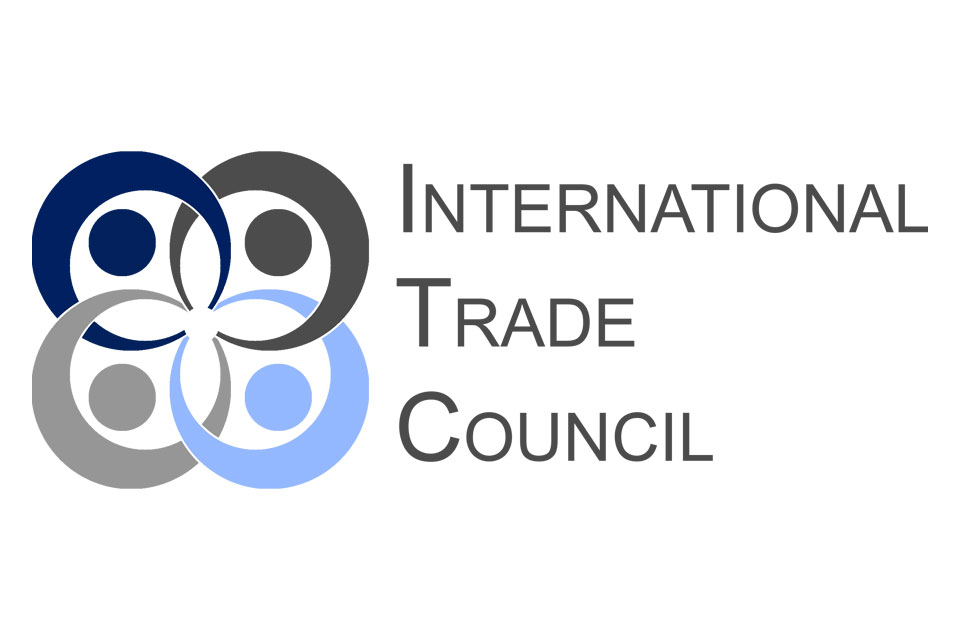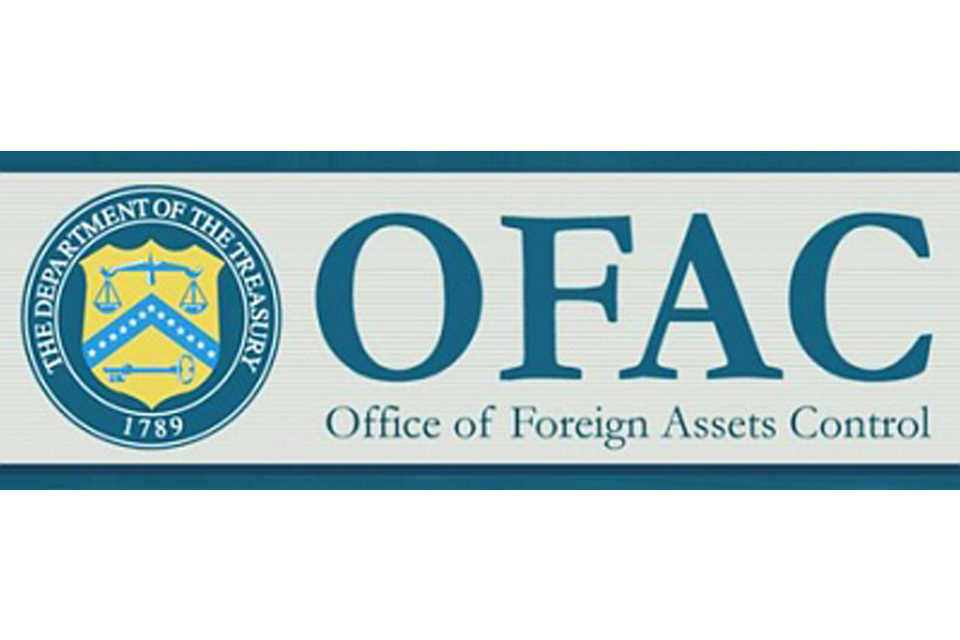China and Brazil have built a strategic alliance that will alter the economic landscape for years to come. With extraordinary growth in the last five years, mainly through exports and investment, China has now become Brazil’s largest trading partner.
In 2009, during the midst of the global economic crisis, China quietly displaced the United States as Brazil’s top trade partner. According to Brazil’s Ministry of Development, Industry and Foreign Trade, bilateral trade between the two emerging BRIC nations exceeded $50 billion USD during the first eleven months of 2010 while Chinese exports to Brazil increased by 62%, continuing a strong upward trend. China now accounts for more than 12% of Brazil’s exports. In comparison, bilateral trade amounted to only $36 billion USD in 2009, despite tripling in value over the past five years.
During a one-day summit of BRIC nations in Brasília last April, Chinese President Hu Jintao noted that intra-BRIC cooperation “now faces both valuable opportunities and severe challenges,” and that BRIC nations “should set clear objectives for cooperation” to advance their common interests “from a strategic height.” True to Hu’s words, both China and Brazil have, in recent years, been diligently tapping into a wealth of collaborative opportunities. Today, China is not only Brazil’s largest trade partner, but also its largest exporting destination and second-largest importer. Both China and Brazil have much to offer each other. Brazil has an abundance of natural resources, including energy supplies, minerals, and raw materials, all of which are in great demand in China’s booming marketplace. China’s relatively low production costs and developed industrial infrastructure, on the other hand, offer Brazil a steady, cheap, and plentiful supply of manufactured goods. Consequently, most Brazilian exports to China are in the form of commodities, while most Chinese imports to Brazil are of manufactured products.
Brazil’s growing reliance on the export of raw materials to China has been a subject of concern, despite its high profitability due to a commodity boom that is being fueled by high Chinese demand. In 2009, for example, raw materials and soybeans accounted for 77% of Brazil’s total exports to China, and 41% of Brazil’s total exports. These represent significant increases from 2002, when such primary exports made up less than two-thirds of Brazil’s exports to China, and only 22% of all exports. The growing homogeneity of Brazilian exports to China, in conjunction with the increasing share of such exports as a percentage of Brazil’s total trade volume, have led some to believe that this trend could fuel infrastructure development in China at the expense of deindustrialization in Brazil. Yet, between 2002 and 2009, the dollar value of Brazil’s exported manufactured goods increased two-fold, reaching $67.3 billion USD by the end of that year. At the same time, manufactured and semi-manufactured goods made up 57% of Brazil’s total exports in 2009. This sustained strength by Brazil’s secondary exports market helps ease concerns about the country’s growing dependence on the export of commodities. It also shelters the Brazilian economy from a potential terms-of-trade shock.
On the other hand, China has also been pouring liquidity into Brazil’s energy sector as part of its efforts to increase control over Latin American oil and energy supplies. In May 2009, for example, China agreed to lend $10 billion USD to Brazil’s oil giant Petróleo Brasileiro (Petrobras) in exchange for a guaranteed supply of oil over the next decade. Moreover, in December of that year, state-owned PetroChina signed a memorandum of understanding with Petrobras to invest in ethanol production projects in Brazil, with the specific aim of exporting ethanol to China as an alternative energy source. More recently, the East China Mineral Exploration and Development Bureau agreed to pay $1.2 billion USD to acquire Itaminas Comercio de Minerios, a major Brazilian iron ore miner based in Sarzedo. Chinese firms are also actively involved in bidding for a 40% stake in an untapped Brazilian offshore oil field being sold by Norway’s Staoil. The bilateral agreements that were signed at the BRIC summit in Brasília last April were specifically aimed at boosting trade and energy cooperation between the two countries, and include provisions for the construction of a Chinese steel plant in Brazil.
The long-term economic benefits of China and Brazil’s trade relationship are substantial, and the nature of this important bilateral relationship will become an important part of the domestic policy agendas of both major BRIC nations.
Problems, such as Brazil’s growing bilateral trade deficit with China, as well as the threat of deindustrialization from trade imbalances caused by an overabundance of Brazilian commodities exports, pose substantial risks to the relationship’s long-term growth. However, the economic climate remains promising, while the level of economic integration is still shallow. Brazilian exports do not directly compete with Chinese exports in most markets, and China’s rapid growth prospects will continue to usher in new opportunities for Brazil’s energy and commodities sectors. Consequently, Brazil’s primary challenges remain in its ability to enhance the value of its energy supplies and its raw materials exports to satisfy Chinese demands. The administration of Brazil’s new president, Dilma Rousseff, must confront these difficult challenges this decade in order to properly manage the risks and opportunities of her country’s growing trade integration with China.



































































































![Especial abogados Salón de la Fama[61] 4](https://diazreus.com/wp-content/uploads/2023/06/Especial-abogados-Salon-de-la-Fama61-4-1-pdf.jpg)




























































































































































































